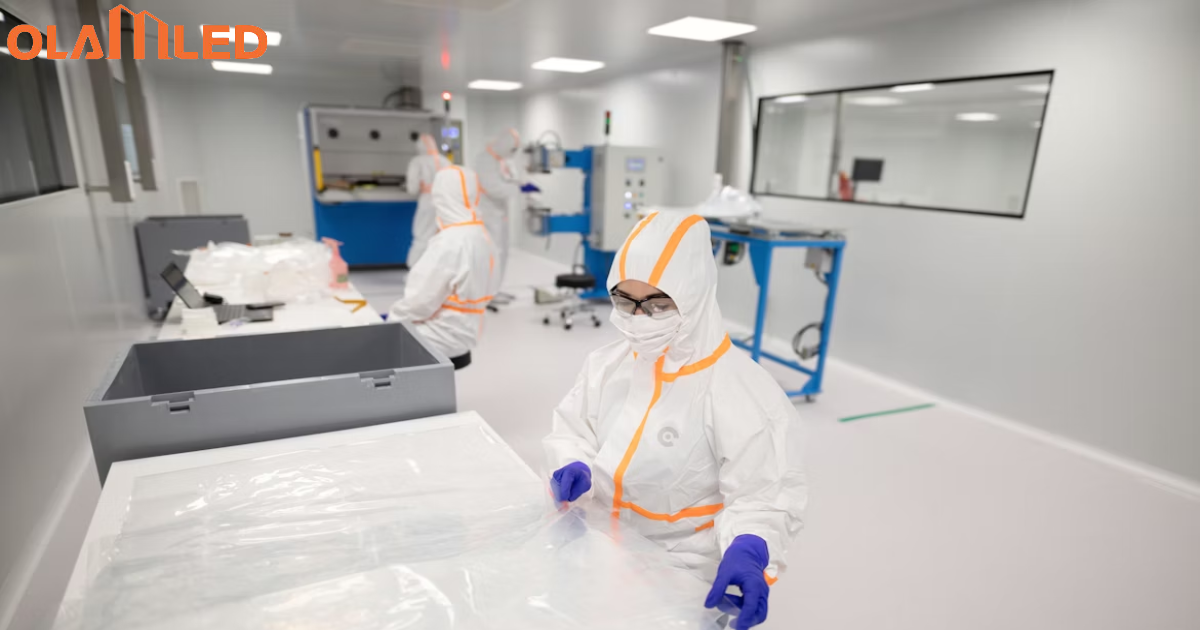Humankind’s control of light has been a long, steady climb – an ascent fuelled by innovation, guided by necessity, and marked by illuminating moments of genius. Light is more than a simple necessity. It’s a beacon in the darkness, a symbol of discovery, a tool of progress. It’s a storyteller that paints pictures in the night, a gatekeeper to the universe’s deepest secrets.
Imagine a world plunged into eternal darkness. No sunshine to drive away the chilly shroud of night, no candlelight to pore over the pages of a good book, and no city lights to guide us home. How different our world would be! This darkness and absence of light drove humans to innovate, control, and illuminate.
From the first primitive flames to the mesmerizing glow of Edison’s incandescent bulb, each stride in lighting technology has not only illuminated our world but also expanded our understanding of it. Such was the birth of a trajectory that has since snowballed, gaining momentum and complexity with each passing decade, culminating in the advanced technology we see today: the LED light.
Inside LED
LED, or Light Emitting Diode, may sound technical, even a little alien, but it’s simpler than it sounds. An LED is a tiny chip encapsulated in an epoxy resin enclosure that emits light when a voltage is applied. It’s a technology that was once thought to be the stuff of science fiction, now as common as the humble light bulb and with a brilliance that rivals the sun.
Today, as we stand on the cusp of a bright future, it’s worth looking back at the journey of lighting from its humble beginnings to the glowing landscape of the modern LED industry. The evolution of light is the evolution of us – a reflection of human ingenuity, a testament to our inventiveness, and a symbol of our never-ending quest for a brighter future.
As we delve into this journey, remember the power of light. It isn’t merely a convenience; it’s an essential facet of our existence, an enduring beacon in our journey of progress. By tracing the path of light from Edison’s seminal invention to the glowing promise of LED technology, we’re not just exploring the past but illuminating the path toward a more radiant tomorrow.
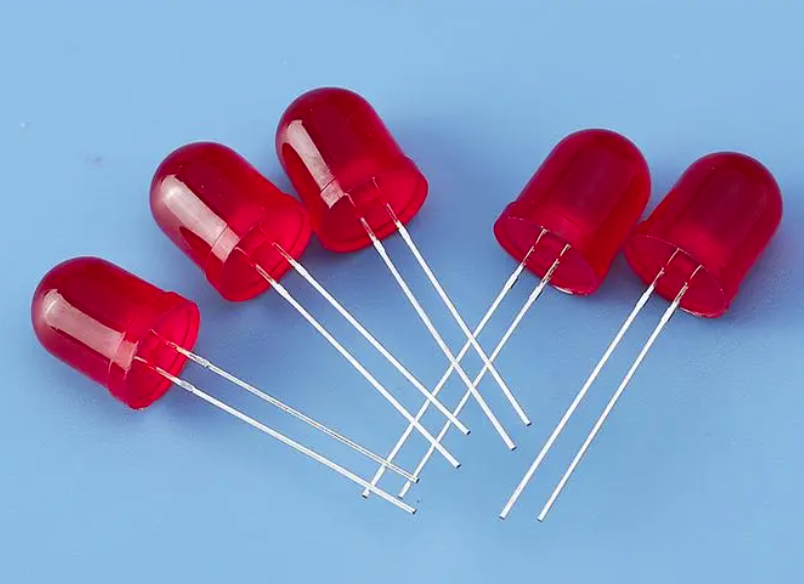
The milestones in lighting history
1879: Edison’s invention of the incandescent light bulb
The lighting story, as old as civilization itself, began in earnest in 1879. Imagine the world, cloaked in the glow of gas lamps, when an invention flickered into life that would change everything. This was the year when Thomas Alva Edison, a man whose name is now synonymous with innovation, perfected the design of the incandescent light bulb.
Edison’s invention was a thing of audacious simplicity and sheer brilliance. He utilized a carbon filament housed inside a glass bulb, which, when electrified, glowed brightly with light. The world no longer depended on daylight’s fickleness or the gas lamp’s ephemeral dance. The incandescent bulb, modest as it may appear today, marked a shift in how humans perceived and harnessed light, bringing forth a new era of illumination.
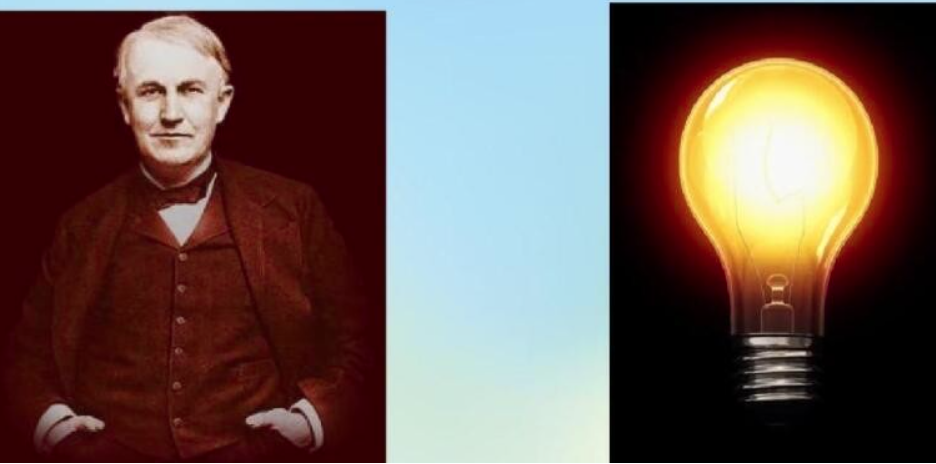
1938: General lighting’s development of fluorescent lamps
Fast-forward to 1938. Now accustomed to the incandescent bulb, the world was about to witness another transformative moment in the lighting journey. This was the year General Electric (GE), a company inspired by Edison’s legacy, introduced fluorescent lamps.
Unlike its incandescent predecessor, a fluorescent lamp works on a different principle. It contains a low-pressure mercury-vapor gas, which produces ultraviolet light when electrified. This ultraviolet light then strikes the fluorescent coating inside the lamp, creating visible light. Brighter and more energy-efficient than incandescent bulbs, fluorescent lamps redefined commercial and residential lighting, painting a new picture of a more luminous future.
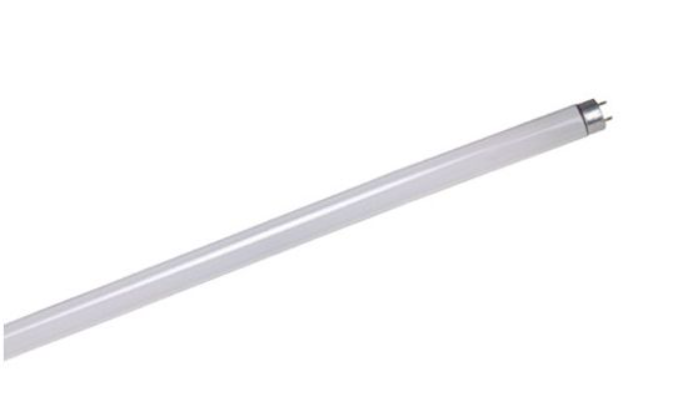
1969: The debut of the first LED lights (Red)
1969 heralded yet another revolution in lighting. The technology that would soon take center stage was Light Emitting Diodes or LEDs. The first of these debuted this year, emitting a strange red glow. The birth of the LED can be credited to a team of researchers at the Monsanto Company, the first to mass-produce LEDs.
Instead of incandescent bulbs and fluorescent lamps, LEDs produce light by electroluminescence—a phenomenon where certain materials emit light when electricity is applied. The first red LEDs were low-powered and primarily used as device indicators rather than illumination sources. Despite their limited use, the emergence of LEDs marked a significant step towards a future where lighting would become more versatile, energy-efficient, and long-lasting.
Through these milestones, we have traveled from the glow of incandescent light bulbs, through the hum of fluorescent lamps, to the silent, efficient glow of LEDs. Each step, each burst of innovation, has been a testament to human ingenuity and our relentless pursuit of better, brighter, more sustainable light.

1980: Philips Lighting’s creation of the compact fluorescent lamp (energy-saving lamp), marking humanity’s shift towards energy-efficient lighting
1980: A pivotal year in lighting history. Philips Lighting, a giant in the industry, crafted a new, compact version of the fluorescent lamp. This was more than just a refinement of previous technology. No, it was a ground-shaking leap forward. The compact fluorescent lamp, now fondly termed the “energy-saving lamp,” emerged as a beacon of innovation. But what made it revolutionary? It was this new device’s efficiency. Its ability to produce the same light as incandescent bulbs but consume significantly less power marked a turning point. Suddenly, the horizon of possibilities expanded. Humankind was given a practical tool to reduce energy consumption, propelling us into a new era of energy-efficient lighting.
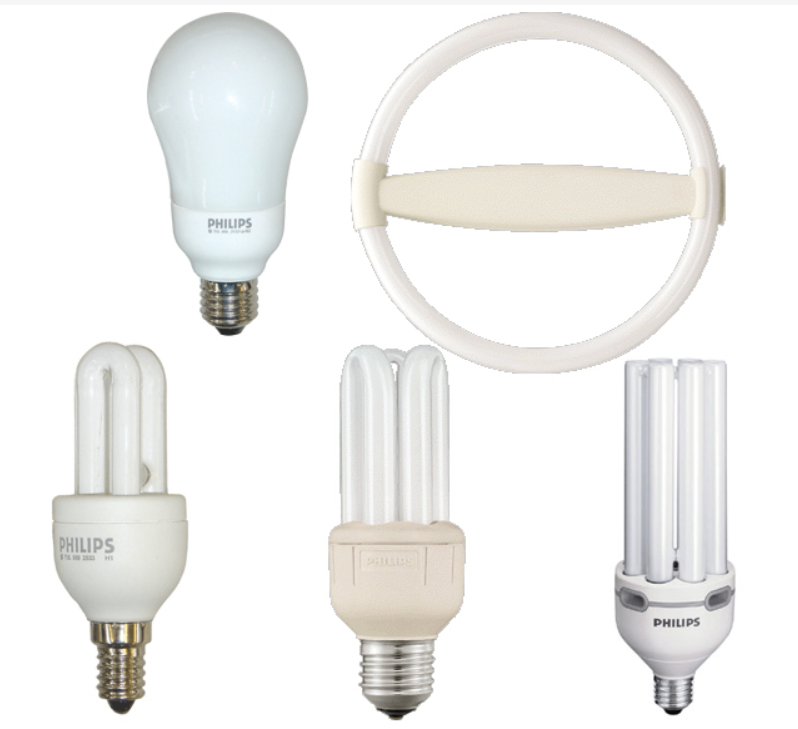
1998: Pioneering white LED research paves the way for the use of LED lamps in lighting
1998: Fast forward nearly two decades. In the vast landscape of lighting technology, a new path was forged. White LED research, seen as audacious by some, was initiated. Not many could fathom the enormous potential this had to revolutionize the industry. Yet, the researchers believed. They dived into the science of semiconductors, the heart of LED technology. Their detailed work laid the groundwork for using LED lamps in general lighting. It was an uphill task. LEDs were already used in indicator lights and digital clocks but for general lighting? That was uncharted territory. However, the potential rewards were too immense to ignore. This research’s significance lies in its success, bringing us the bright, energy-efficient LED lamps we widely use today. Suddenly, a new world of lighting was illuminated, thanks to the tireless work of these pioneering scientists.
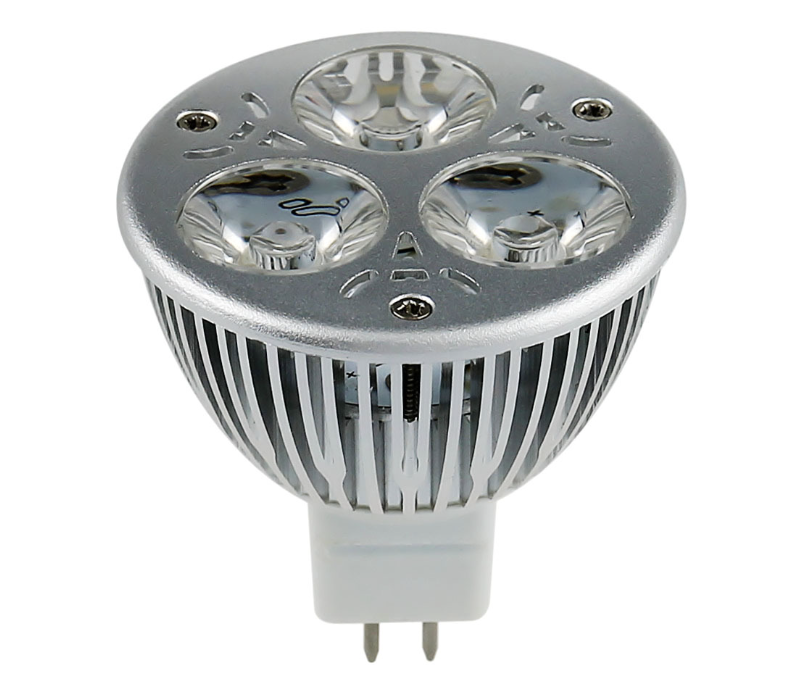
2000: The advent of LED lights in indoor lighting, though high cost limits their popularity
The first year of the new millennium, 2000, marked a significant milestone in the history of lighting. This year witnessed the birth of LED lights for indoor use – a technology promising a revolution in illuminating our homes, offices, and public spaces.
Bright, compact, and capable of generating a spectrum of colors, these diodes held the potential to transform every corner of a room into a vibrant, energy-efficient space. However, despite the futuristic appeal and groundbreaking features, the early LEDs stumbled upon a formidable hurdle: their cost. Quite the price tag they bore, casting shadows of inaccessibility upon the emerging market.
2010: Global phase-out of incandescent and fluorescent lamps, heralding a new era of energy conservation and environmental preservation in lighting
This year echoed a bold, unprecedented call for change. Shedding the legacy of incandescent and fluorescent lamps is a global shift fueled by a collective aspiration for a more sustainable future. Incandescent bulbs, while traditional and effective, guzzled energy and churned out heat. Fluorescent lamps, on the other hand, although more energy-efficient than their incandescent counterparts, contained a trace amount of mercury, raising environmental and health concerns.
Countries across the globe began to unite under the banner of energy conservation and environmental protection. The humming fluorescents and the warm incandescents started to fade out, their silhouettes gradually replaced by the sharp glow of LEDs.
In this light-switch of history, LED lighting stepped into the spotlight, its radiance illuminating a path toward a greener, more energy-efficient world. The previously exorbitant cost of LEDs had, over the decade, dipped considerably, bolstered by continuous advancements in technology and scaling of production.
In essence, lighting in the first decade of the 21st century is a narrative of technological leaps, market adaptations, and an evolving consciousness toward environmental preservation. It’s a tale that continues to unfurl, with the humble LED at its heart, lighting our path forward, one diode at a time.
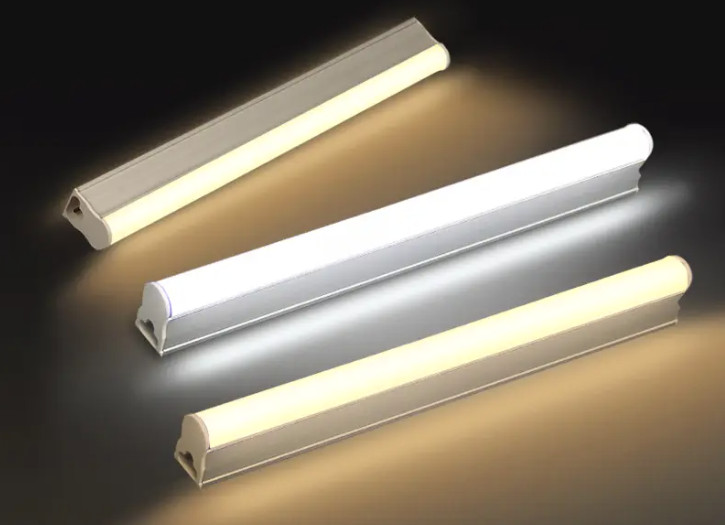
The LED industry’s continuous advancement in light of technological progress and shifting industrial environments
The LED lighting industry is no laggard in an era of technological advances. Quite the contrary, it continuously adapts and evolves in response to technical progress and dynamic shifts within industrial environments.
Intelligence
“intelligence” plays a pivotal role in this ongoing evolution. Today, LED lighting systems are ingeniously integrated with cutting-edge Internet of Things (IoT) technology. Not a mere gimmick, this fusion of technologies unlocks a world of possibilities. It allows for ‘smart control,’ enabling users to manage their lighting systems remotely and with unprecedented precision. Whether aiming for a cozy atmosphere in your living room or optimal lighting conditions in a sprawling office, these smart controls give you the reins.
Then, there’s the function of ‘timing switches.’ Ever found yourself longing for the lights to turn themselves off at bedtime or illuminate the house just before you return from work? That’s precise what timing switches offer. They are programmed to turn the lights on and off at designated times, adding a layer of convenience while conserved saving on energy.
Adaptive Lighting
As we delve deeper, we encounter the ‘adaptive lighting’ concept. This is a game-changer. Adaptive lighting is more than mere illumination; it’s about lighting that responds to the environment and adjusts itself to optimize user comfort, safety, and efficiency.
Energy Efficiency
Simultaneously, we witness the relentless pursuit of energy efficiency. The LED industry always improves technology, driving it toward greater energy saving and longer product lifespans. With each new LED model that hits the market, we see a subtle but steady trend toward lower energy consumption.
This isn’t just about making a dent in your electricity bill. In a world increasingly conscious of the imperatives of sustainability, each LED lamp’s capacity for energy conservation matters. It’s a valuable contribution to a broader societal goal.
Durability
And what about the long lifespans of LED lights? They’re a godsend in more ways than one. A longer lifespan translates to fewer replacements, reducing costs and the hassle of regularly buying and installing new lamps.
The interplay between these factors – intelligence and energy efficiency – propels the LED industry’s ongoing march of progress. In this journey, the industry continues to redefine the standards of what we can expect from our lighting solutions. Through intricate dance between perplexing complexity and deliberate burstiness, we witness the blossoming of a future where lights are more than simple illuminating tools – they are dynamic partners in our everyday lives.
Environmental Friendliness
Picture this: a lighting solution that expels negligible carbon emissions, operates without spewing pollutants and hums quietly into the night. LED lamps make this vision a reality, helping mitigate the human environmental impact. Their noiseless operation, free of the auditory pollution of buzzing or humming common to conventional lighting, is an added advantage.
Yet the ingenuity of the LED industry continues beyond there.
Diversification
Imagine stepping into a large industrial plant bathed in clear, bright light. Now, picture a dimly lit parking lot, its faint glow enough to guide your path. Or, visualize the even illumination of roadways as night falls. In its infinite wisdom, the LED industry has curated lighting solutions tailored to these diverse scenarios. Each setting demands unique considerations – intensity, dispersion, energy efficiency – and LEDs rise to the challenge with unparalleled versatility.
Human-Centric Design
After all, what’s the purpose of a lamp that casts a harsh, unwelcome light? The LED industry has answered this problem with a resounding emphasis on human-centric design. The provision of user-friendly features like dimmable lights ensures LED lamps can adapt to personal preferences and needs. There’s a reassuring comfort in the ability to soften the light in your bedroom as night creeps in or amplify your study’s illumination as you pour over documents.
Adjustable color temperature
Adjustable color temperature is another feather in the LED industry’s cap, catering to human circadian rhythms. Realizing that warmer lights can help lull you into sleep or cooler tones can energize and invigorate you is no small feat. With these advancements, LED lights strive to minimize eye strain, adding to their growing list of merits.
The Impacts of the 2020 Pandemic on lighting industry trends
A Shift Toward High Luminous Efficiency: 130-180lm/W
During the unprecedented times of the 2020 pandemic, the lighting industry witnessed a surge in demand for highly efficient light sources. Amidst this change, the focus shifted towards LED lights capable of offering a high luminous efficiency ranging between 130 to 180 lumens per watt (lm/W). What’s the significance, you ask? It’s simple. Higher the luminous efficacy, the more light a lamp produces per unit of electricity. This means getting more bang for your buck.
The Pursuit of Comfort: Low Glare Lighting
The pandemic saw a drastic shift in our living patterns, transforming our homes into offices, classrooms, and much more. Hence, the lighting industry responded with an amplified focus on comfort and eye health. The emphasis was on reducing glare – the discomfort caused by excessive brightness – hence the popularity of low-glare lighting. The industry standard for ‘Unified Glare Rating’ (UGR) recommends values below 19 for general indoor lighting. Amidst the work-from-home shift, the demand for even more comfortable lighting led to the rise of lighting fixtures offering a UGR below 16.
A Lean Toward Efficiency: Lower Power Consumption for Greater Energy Savings
No one can argue that the 2020 pandemic tightened the global economic belt. Amidst this, people sought ways to maximize efficiency, including in their lighting solutions. Enter the scene, LEDs with lower power consumption. With an edge in energy efficiency, these LED lights proved cost-effective over their lifetime and environmentally friendlier. The shift toward such power-efficient lighting solutions became one of the key industry trends, a shift that’s here to stay.
Accentuating Colors: Demand for High Color Rendering Index (CRI)
Now let’s discuss the rising demand for indoor lighting with a high color rendering index (CRI). Two factors fueled this trend. First, the explosion of the home-office culture. Second, a growing recognition of how light quality impacts mood and productivity.
So, what exactly is CRI? In layman’s terms, it’s a measure of how accurately a light source reveals the true colors of objects compared to natural light. The higher the CRI (on a scale of 0 to 100), the better the color rendering ability. During the pandemic, with people spending more time indoors, the demand for lights with a CRI greater than 90Ra soared. Some even sought lights with CRI values as high as 95Ra, providing near-perfect color accuracy.
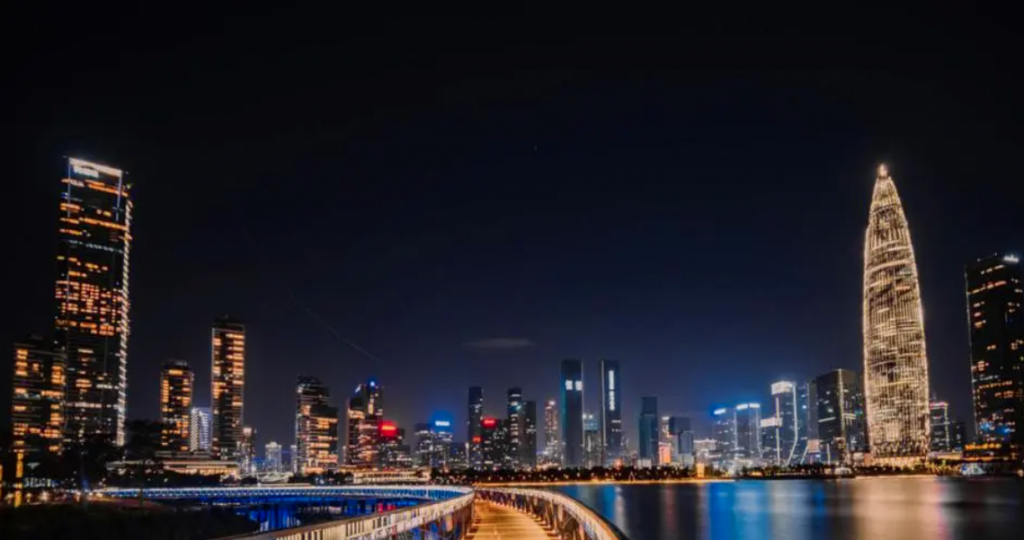
Conclusion
The history of lighting is a story of progress, and the LED industry takes center stage in this narrative. From energy efficiency to human-centric designs, LEDs have revolutionized the lighting industry. Each movement of this industry is often subtle and gradual, yet it always stealthily upends our expectations of what we can expect from our lights. And as times change and the needs of humans evolve, so does the LED industry, meeting these demands with solutions tailored to every preference.
In a nutshell, this is the story of how Edison’s invention of the lightbulb brought us to where we are today in the LED industry, a place full of possibilities. Through its evolution, LEDs have become more and more environmentally friendly, versatile, efficient, and comfortable – an all-encompassing lighting solution for our everyday lives.
The future looks even brighter with the LED industry continuing to exceed our expectations and shape how we interact with light. So, let’s bask in its brilliance and see where it leads us next!
The evolution of lighting is a fascinating journey that continues to surprise, delight, and inspire us with every step forward. Let’s keep looking ahead for more innovations from the LED industry!

